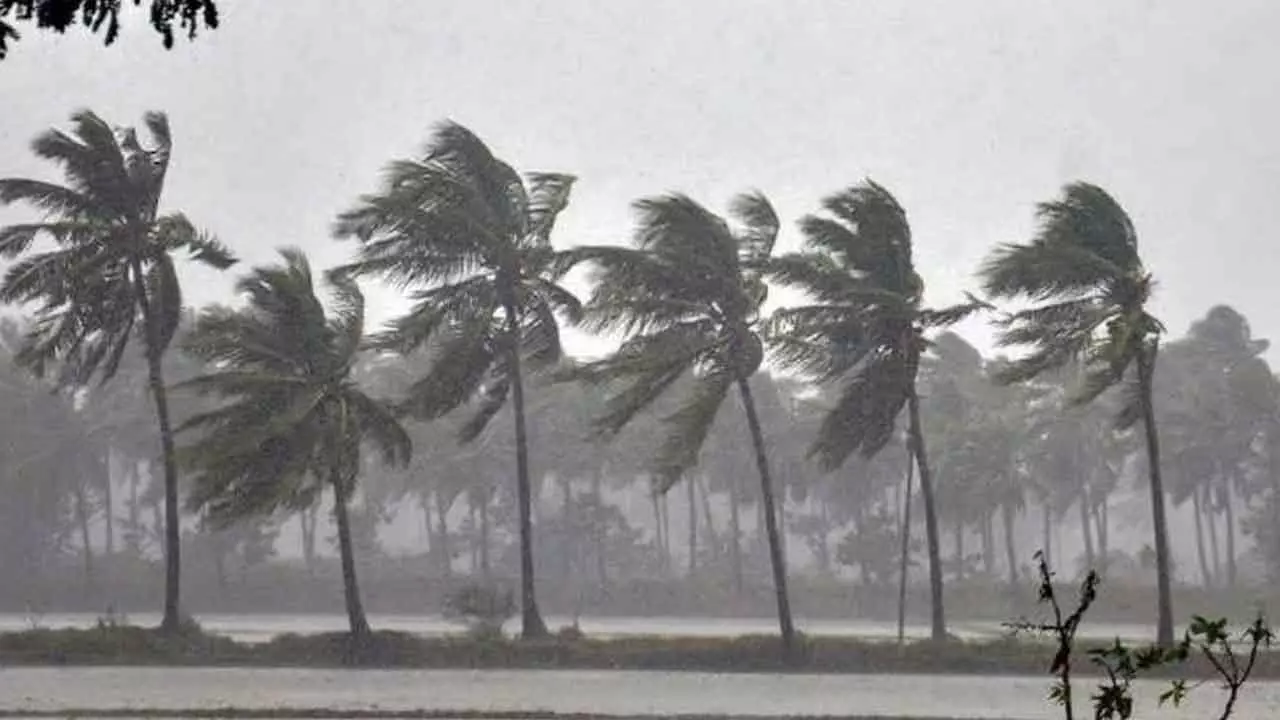Above normal monsoon is quite essential to boost country’s economy
Above normal monsoon is quite essential to boost country’s economy

An IMD weather forecast says that rainfall would be above 106 per cent for the second part of monsoon across India. In fact, the country has already seen higher than normal rainfall at several regions in July, which bodes well for agriculture activity. Taken as a whole, the status of rainfall is healthy but with significant spatial divergence: Cumulative rainfall as on July 3 was three per cent above the long-term average, while weekly rainfall, as on July 24, was 41 per cent above the LTA. Spatial divergence has also increased during the week.
Areas in central India at 16 per cent and the Southern Peninsula at 25 per cent are also in surplus, whereas north, west, east and north east India are in deficit so far. Monsoon is expected to pick up over northern India in the coming weeks, which will aid crop sowing in those states. Even though sowing was delayed, as per Emkay, it has now picked up momentum and is better than what it was last year. The total area under sowing at 81.2 million hectare, as on July 26, is higher by two per cent compared to last year.
This is mainly due to healthy sowing for pulses at 10.2 million hectare, showing an increase by 14 per cent on an yearly basis, coarse cereals at 15.3 million hectare or five per cent yoy and oilseeds 17.2 million hectare, are showing an annual growth of four per cent. Rice sowing area is the same as last year thus far at 21.6 million hectare, whereas sugarcane is much better. Among non-food crops, cotton sowing is lower. Overall area under sowing is at 74 per cent of normal area sown, compared with 73 per cent at the same point in 2023. July is extremely important in this regard with nearly 80 per cent of sowing activity completed by the end of the month.
Average retail prices for pulses, oils and fats, cereals, and milk were lower on a weekly basis, whereas vegetables were higher. On an annual basis, average prices for vegetables, pulses, cereals, and milk remained higher, while it registered lower percentage as regards oils and fats.
Supply disruptions due to extreme heat followed by excess rainfall have led to higher vegetable prices, though they have reduced somewhat for cereals and pulses. As a result, prices of vegetable may decline from August if new supply comes into market, but that will depend on distribution and the monsoon’s intensity.
Overall basin-wise reservoir levels are below last year’s level, though they are no longer in deficit. As of July 25, the overall level stands at four per cent below the LTA and 18 per cent below last year’s level. However, most major river basins are in deficit – Ganga in the north and east, Godavari in west and south, Indus in north, Mahanadi in central and east, and Narmada in central and west. Only Kaveri in the south and Krishna in the west and south are in surplus. One hopes that there will be an above normal monsoon this year.

